A good way to support little green thumbs in gaining basic knowledge of how plants work is through engaging in a simple yet captivating science experiment. By observing the germination process of seeds under different conditions, children can learn about the essential requirements for plant growth, such as water, light, and soil. This experiment is a valuable tool that we use to extend on our preschoolers gardening skills.
The experiment consists of together sowing 6 samples of the same seeds to be exposed to a different care conditions:
Sample 1- NO SOIL- Seeds are planted on cotton bud no soil.
Sample 2 – NO WATER-Seeds are planted on soil but will not receive water.
Sample 3 – NO LIGHT- It will be kept in a container to block the sun light.
Sample 4 – OVER WATERING-It will receive excessive watering.
Sample 5 – BALANCED- This sample will receive everything in balance.
Sample 6 – LOW TEMPERATURE- This sample will be kept in the freezer.
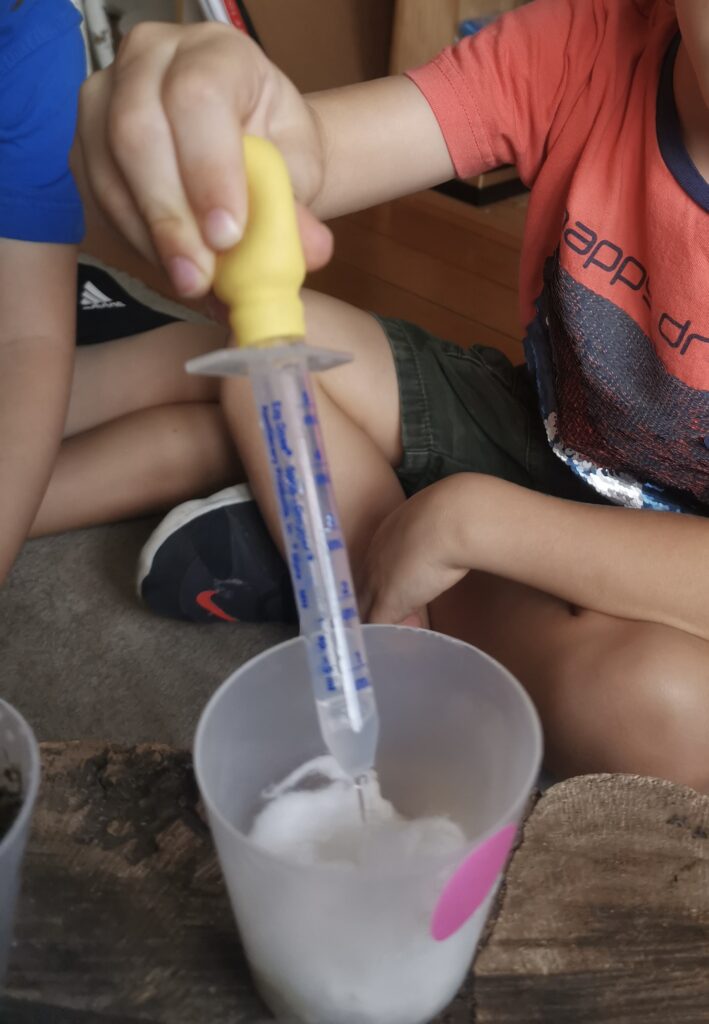
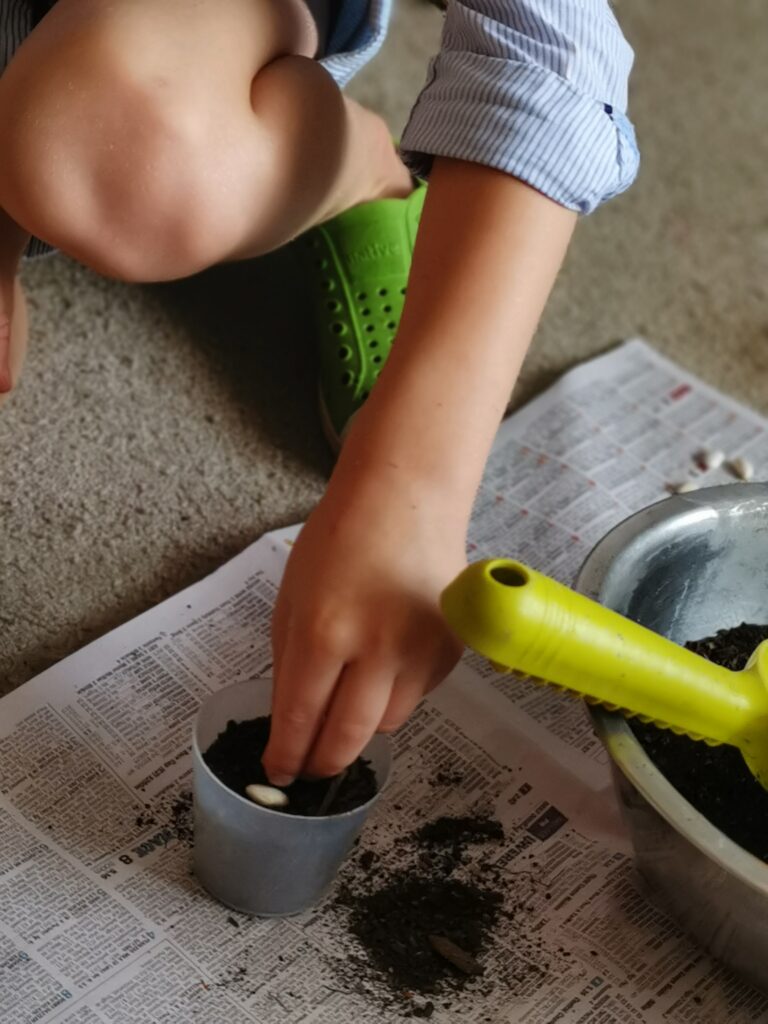

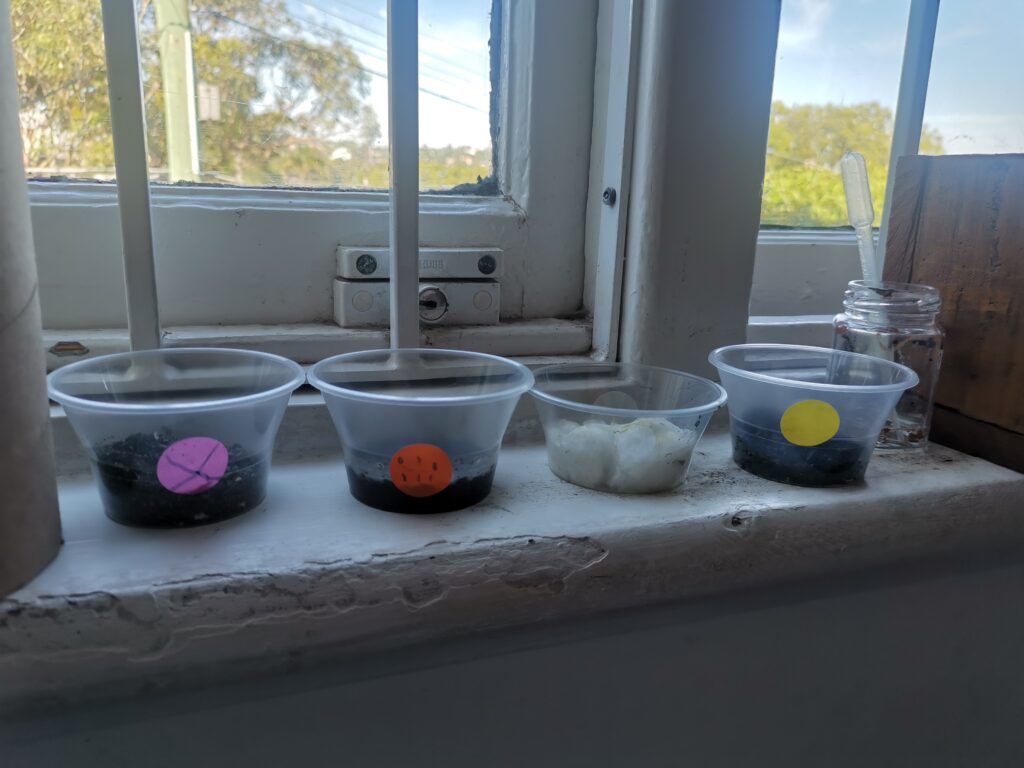
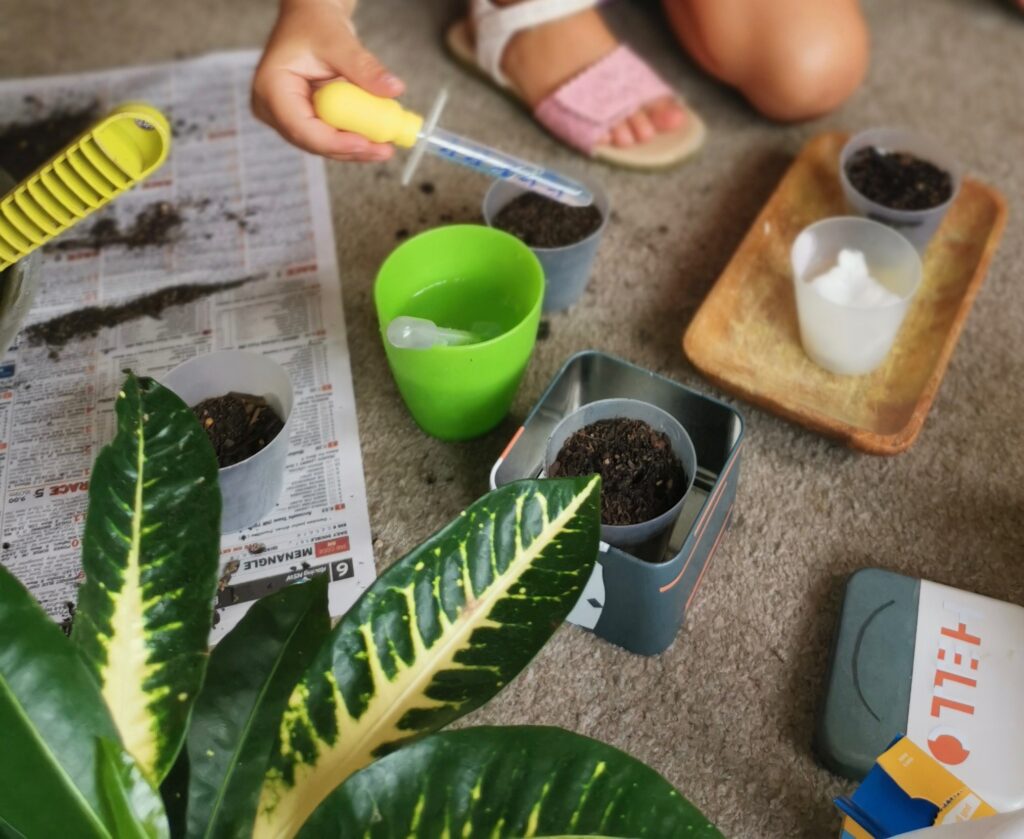
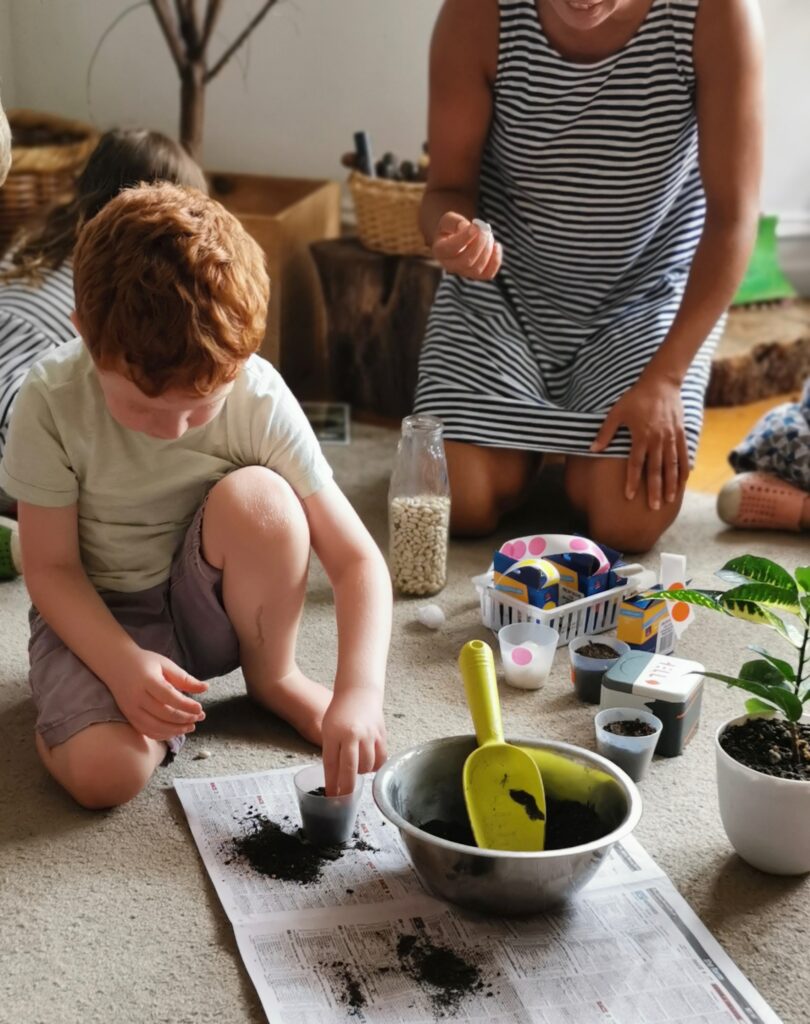
Each sample is labelled and set in its environment. A table to register what we will observe and notice is also created.
Everyday we observe and care for each sample always registering the discoveries on our table.
Checking on our plant experiment
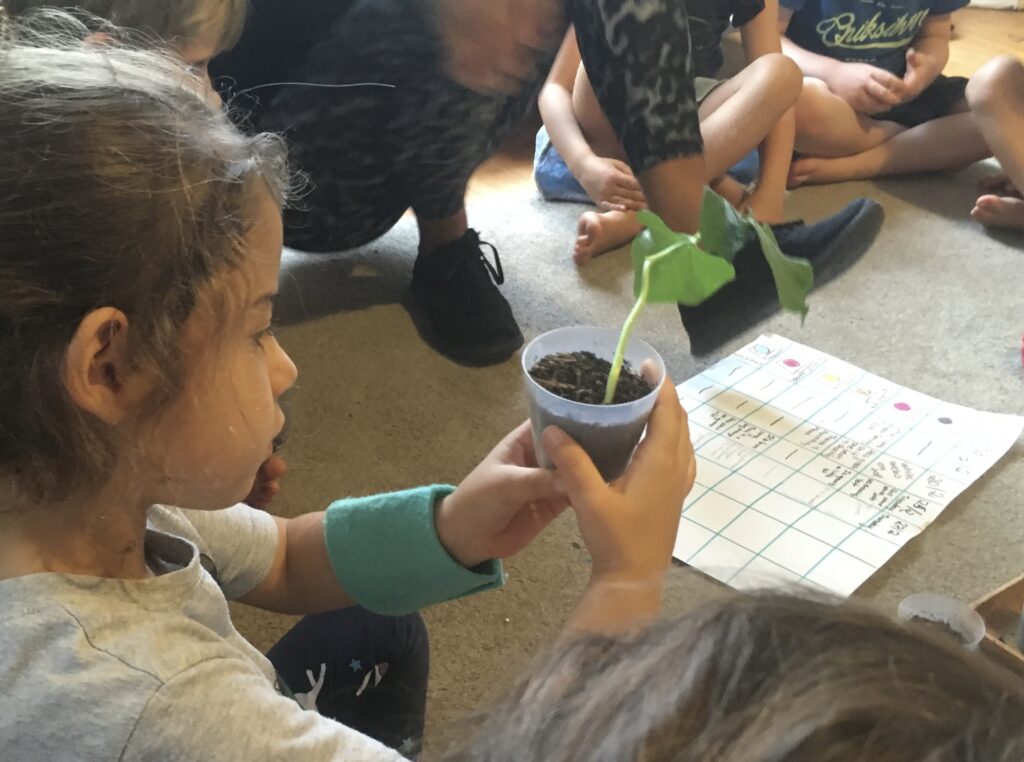
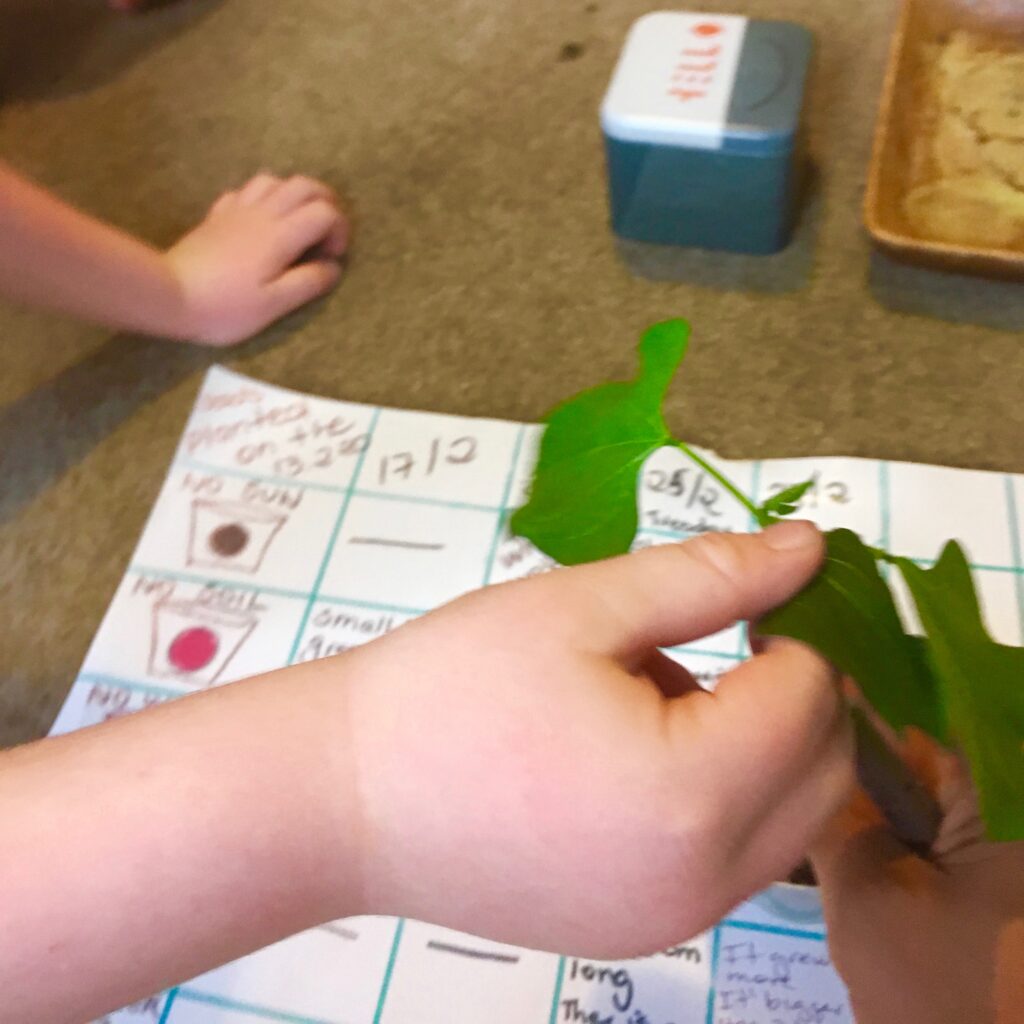
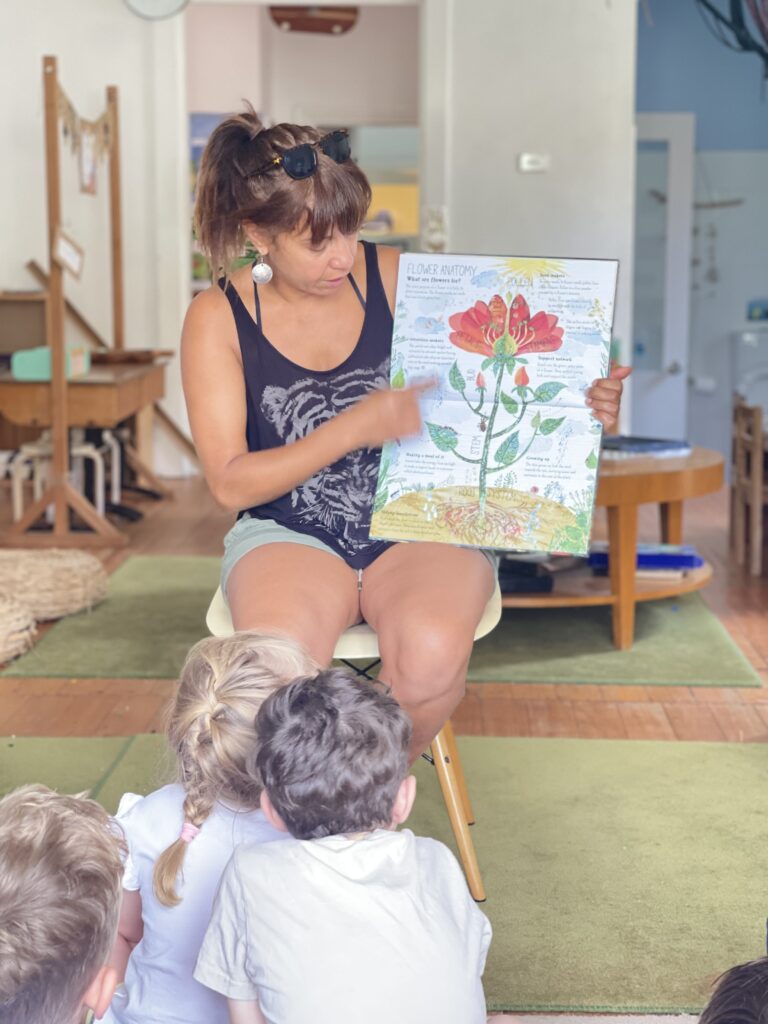
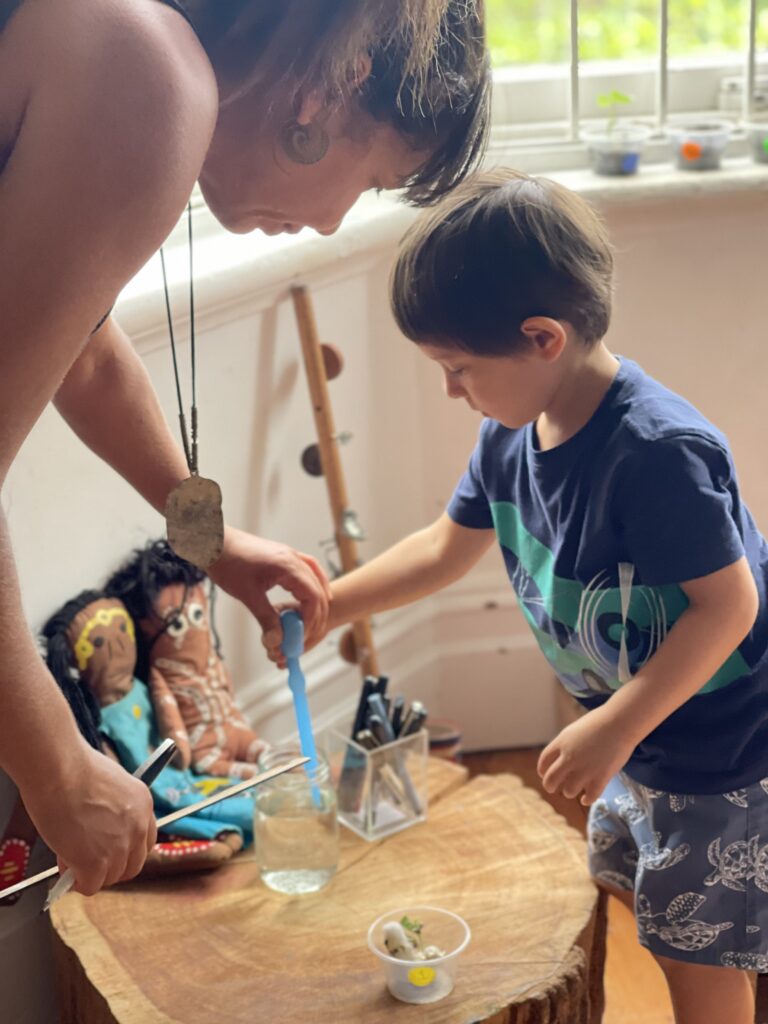
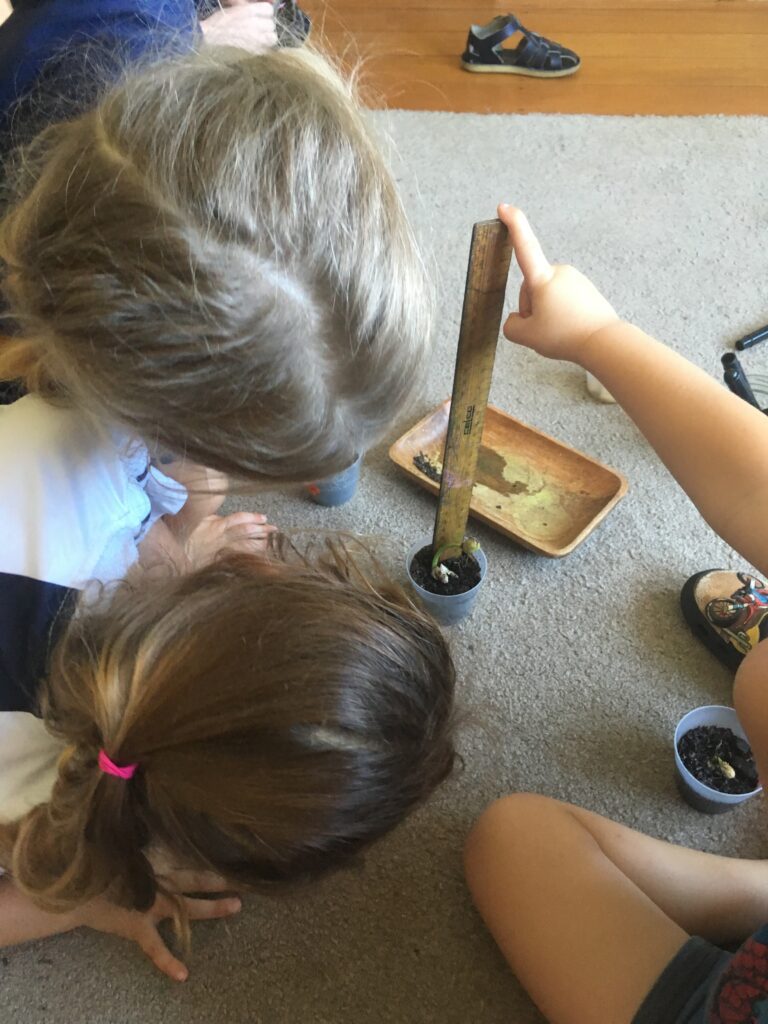
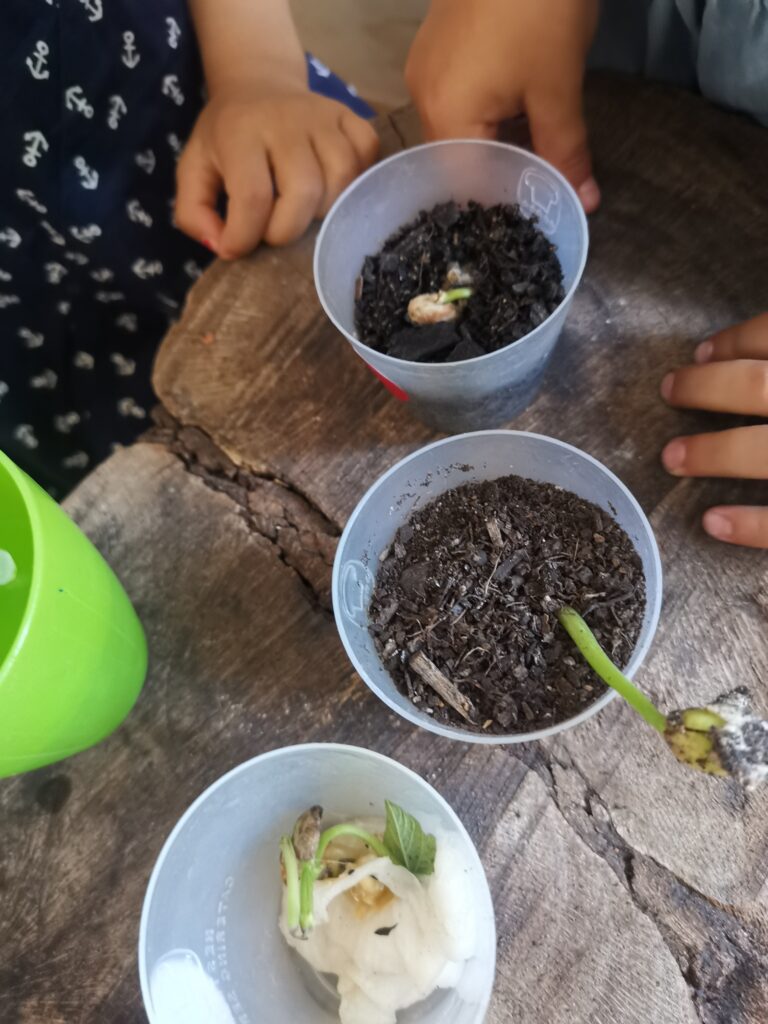
I usually start with this experiment at the beginning of the year so my pre-schoolers can empirically experience the basic elements necessary to grow healthy and happy plants.
This plant experiment usually generates lots of engagement as children become very interested in following what is happening to each sample every day.
Lots of excitement goes on each time changes are noticed as the sprouting seeds bring observable changes each day. We use a table to keep track of our daily discoveries, registering all of the changes noticed.
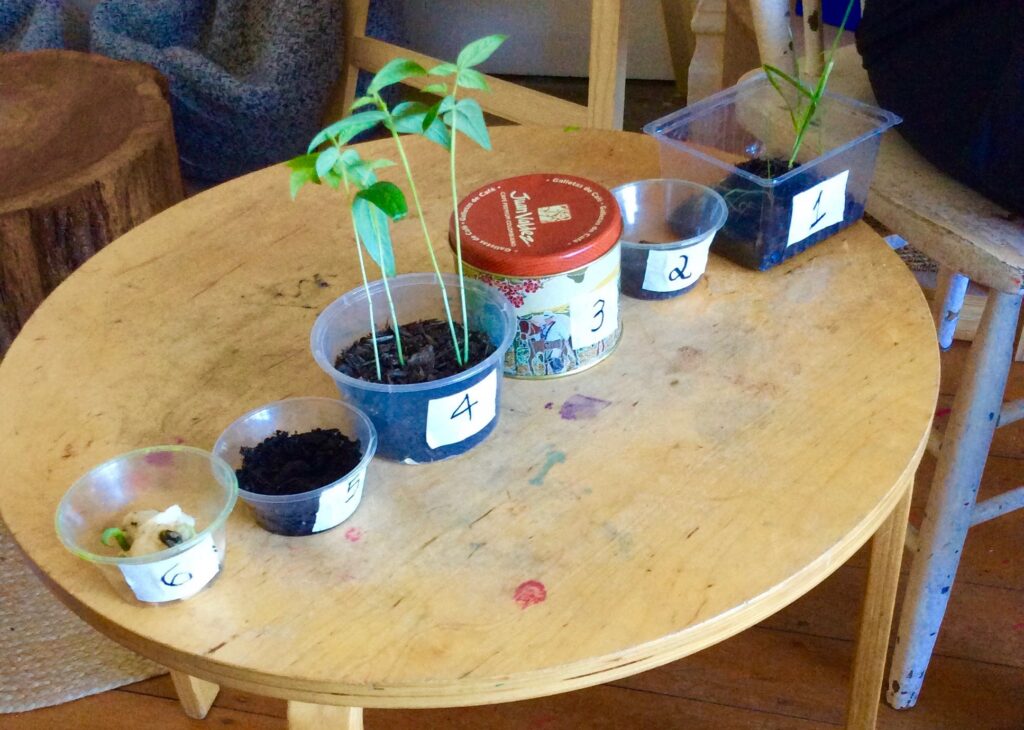
After a couple of weeks and once the seedlings are big enough to be transferred to our garden, we conclude the experiment with a final analysis and discussion of all the data collected in our table.
The analysis of results helps children to perceive that plants need a balanced amount of sun, soil, and water to grow. It can’t be too much or too little. We then transfer this knowledge to our gardening projects.